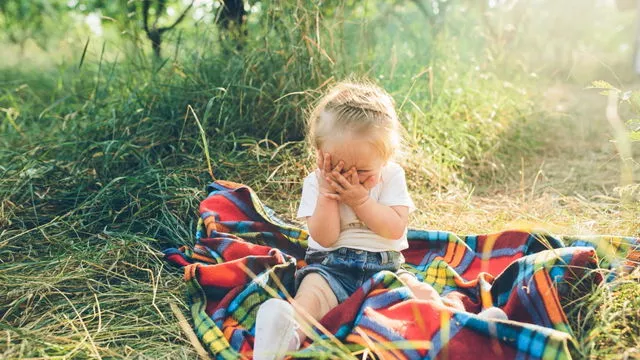Abnormal heat, even for summer, has hit many countries and regions. Such weather affects the health of absolutely everyone, but children, due to their age, especially suffer from high temperatures. They also spend a lot of time outside. A pediatrician from the USA explains how to understand that a child is overheated and what parents should do in this situation.
 35791
35791
It's important to take precautions in hot weather, especially with young children who are more susceptible to heat-related illnesses, said Dr. Daniel Mercurio, a pediatrician at Johns Hopkins Children's Hospital, the largest U.S. children's hospital. Here's how:
- give them a bottle of water when they go outside;
- buy them sun-protective clothing;
- make sure to apply sunscreen specifically formulated for children;
- and don't let them stay in the sun for too long.
Parents should also watch their children for signs of fatigue and pay attention to their skin temperature and color — if it’s red and hot, your child may need to go indoors or into the shade.
Parents should also understand the different stages of overheating and how to help your child if you notice any warning signs.
The first is heat cramps, and the only cure is for children to drink fluids containing electrolytes, such as coconut water or sports drinks, to replace the salts that the body loses through sweating.
The next level is heat exhaustion, which causes nausea, vomiting, and a feeling of weakness or restlessness. It is usually accompanied by a fever. You can try taking your child to a cooler place, giving him fluids, sprinkling him with water, or putting him in front of a fan to cool him down.
If your child has all of these symptoms and is also acting confused or reacting strangely, it could be heatstroke, which requires a trip to the hospital.
